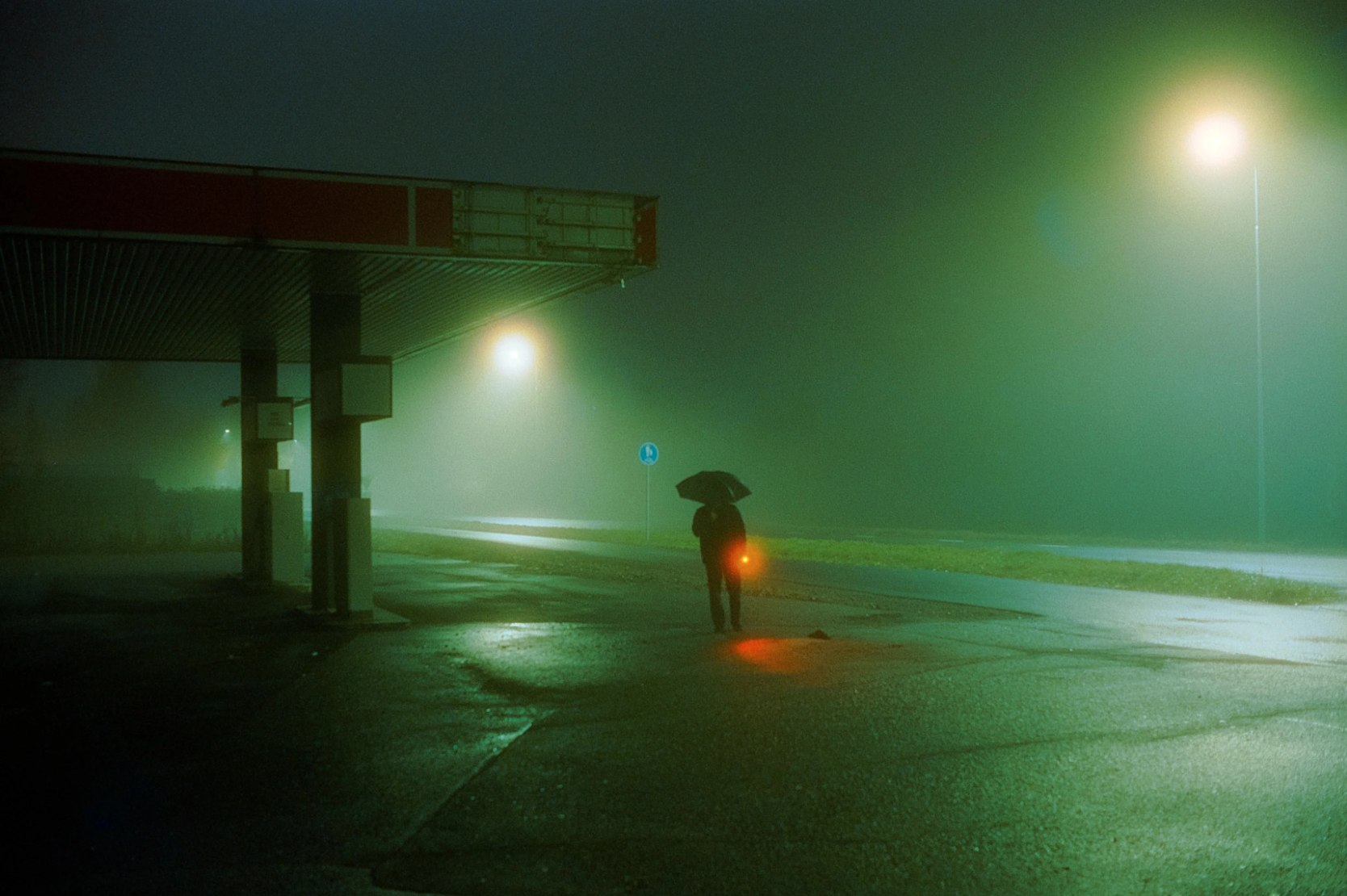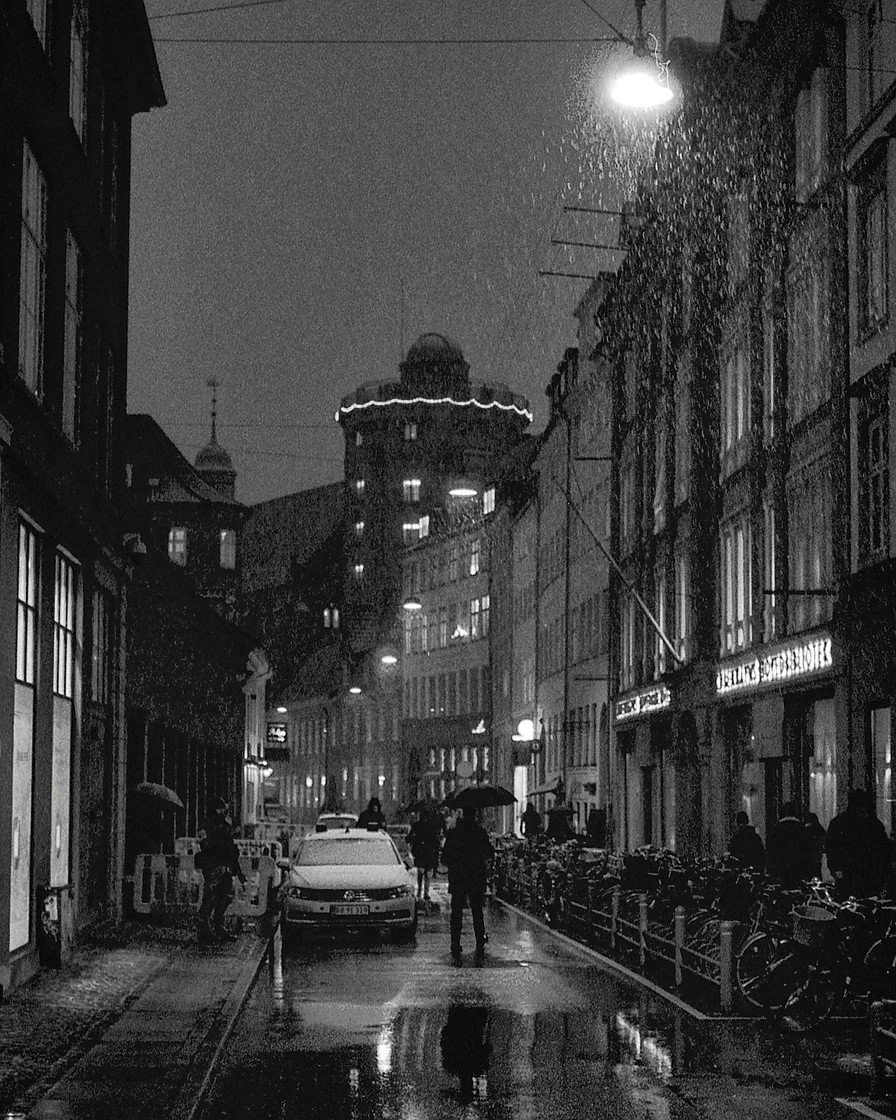5 35mm Film Stocks Perfect for Night Photography
Night photography is a compelling facet of film photography that challenges even seasoned photographers to adapt their techniques and choose the right tools. There are tons of options available, some but 35mm films stand out for their exceptional performance in low-light conditions. Here, we delve deeper into five such films, drawing on user reviews to highlight their strengths and nuances. We'll also compare how these films perform differently when used during the day versus at night, ensuring you get the best out of each roll!
Use code NIGHT10 for 10% off your first order on nicefilmclub.com
1. Kodak Portra 800
Specifications:
Type: Color Negative
ISO: 800
Day vs Night:
Day: Delivers slightly overexposed skin tones for a soft, dreamy effect.
Night: Maintains color integrity and softness even in dim lighting.
Description: Kodak Portra 800 is a favorite among photographers for its exceptionally fine grain and high speed ISO, making it one of the best 35mm films for low-light photography. It is renowned for its color accuracy—particularly in skin tones, which makes it a go-to for portrait photographers working in natural or ambient light conditions. User reviews often praise its versatility across various lighting scenarios, noting that it offers remarkably consistent results. Portra is widely known as being one of the best 35mm films, but Portra 800 is often overshadowed by its more popular Kodak 35mm film counterpart, Portra 400.
Shooting Tips:
For night shots, overexpose by one stop to capture more detail in shadows without losing highlight details.
Consider a tripod for night scenes to avoid blurring and ensure sharp images. Remember, the slower the shutter speed the more likely you are to have motion blur. A good rule of thumb is not to shoot your 35mm film camera handheld slower than a 60th of a second.
Meter for the darkest area you want to capture detail in, and let the highlights take care of themselves. Remember, bringing out shadow detail is everything for quality night photography on 35mm film.
2. Cinestill 800T
Specifications:
Type: Color Negative (Tungsten balanced)
ISO: 800
Day vs Night:
Day: May require a blue filter to correct color temperature under daylight conditions.
Night: Excels under artificial lighting without any additional filters.
Description: Cinestill 800T offers a unique aesthetic by removing the anti-halation backing, which results in glowing highlights when shooting bright light sources at night. This 35mm film is tungsten-balanced, ideally suited for capturing the warm hues of nighttime cityscapes and neon lights. Tungsten lights typically emit a warm light with a color temperature around 3200 Kelvin. This warm, orange-yellow hue is often associated with the cozy atmosphere of indoor environment. Tungsten lighting is known to help produce a very pronounced mood on 35mm film. User reviews highlight its cinematic look, often likening nighttime shots to scenes from a movie, with rich colors and pronounced light halos.
Shooting Tips:
Push the film to ISO 1600 or 3200 for darker environments; note that this will enhance grain and contrast.
Utilize the characteristic halation for creative effects around light sources.
Use a tripod for exposures longer than 1/30 to prevent camera shake.
3. Ilford Delta 3200
Specifications:
Type: Black and White Negative
ISO: 3200
Day vs Night:
Day: Offers great dynamic range with a manageable grain for a black and white 35mm film.
Night: Excellent for capturing fast-moving subjects and low-light scenarios.
Description: Ilford Delta 3200 is highly regarded for its ability to perform well under challenging lighting conditions, maintaining sharpness and detail. It's a high-speed black and white 35mm film that provides photographers the ability to shoot in varied lighting conditions without significant loss of quality. Reviewers often note its impressive granularity and ability to push well beyond its rated speed, making it versatile for both day and night use.
Shooting Tips:
Best used at night with an ISO setting of 1600 to balance grain and exposure latitude.
Experiment with development adjustments to fine-tune grain and contrast. It might take you a few tries with a few different developers to achieve the exact look you're after, but if exposed right there is sure to be detail in the highlights and shadows.
Ideal for street photography at night due to its responsiveness to sudden changes in light.
4. Kodak T-Max 3200
Specifications:
Type: Black and White Negative
ISO: 3200
Day vs Night:
Day: Can be harsh and overly grainy if overexposed in bright conditions.
Night: Perfect for capturing detailed scenes in minimal light without losing texture.
Description: Kodak T-Max 3200 is renowned for its very high speed and fine grain structure, making it an excellent choice for 35mm nighttime photography. It provides flexibility in exposure and is capable of capturing scenes in extremely low light conditions. Photographers often praise its ability to retain detail in both shadows and highlights, making it ideal for high-contrast night scenes.
Shooting Tips:
Meter for shadows to ensure enough light capture without compromising on detail.
Avoid overexposure; test different development times to adjust contrast to your preference.
Good for handheld shooting due to its high ISO, reducing the need for a tripod.
5. Lomography Color Negative 800
Via Jan Gottweiß
Specifications:
Type: Color Negative
ISO: 800
Day vs Night:
Day: Produces slightly oversaturated colors and noticeable grain that adds a specific look and character.
Night: Enhances urban night scenes with vibrant, exaggerated colors and a distinct analog feel.
Detailed Description: Lomography Color Negative 800 film is celebrated for its vivid color rendition and immediately recognizable look, making it an excellent choice for creative photographers looking to add a unique touch to their images. It is particularly suited for low-light conditions due to its high ISO rating, which allows for more flexibility in darker environments. The film is known for its strong saturation and high contrast, characteristics that can imbue night scenes with a certain drama and intensity. Where Porta is known for its accuracy in portraying skin tone, lomography is not known for true to life color renditions. If you’re going for a more surreal look, akin to films like blade runner, this 35mm film is definitely for you.
Shooting Tips:
Embrace the grain and color saturation of Lomography 800 to enhance the creative look of your 35mm night photographs. Its pronounced grain structure adds a textural quality that can be particularly appealing in low light.
Experiment with different lighting sources. Lomography 800 reacts uniquely to varied light conditions, often producing unexpected and striking color shifts and effects.
Avoid underexposure to make the most of the film’s color capabilities. In low light, aim to slightly overexpose to ensure that shadows retain detail and colors pop.
Consider pairing the film with flash photography at night. The flash can help illuminate subjects close to the camera while maintaining the ambient light effects in the background.
If you found this article helpful please leave a comment, share, and visit nicefilmclub.com for all your film developing and scanning needs!





